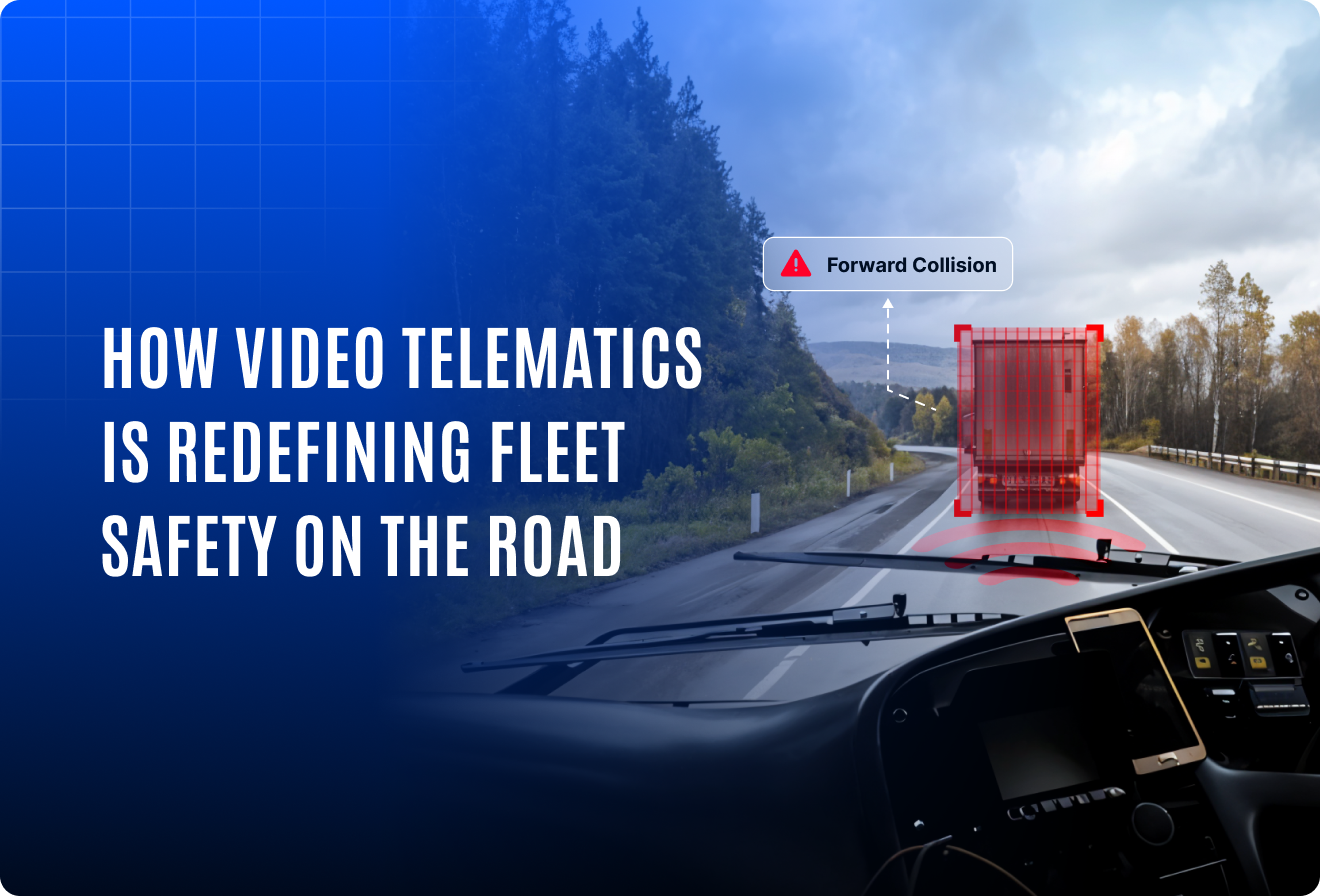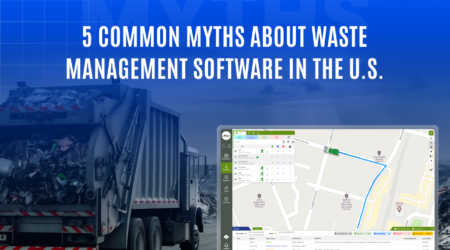How video telematics is transforming fleet safety and accountability

As fleet operations expand across industries and geographies, ensuring safety and accountability has become more than just a compliance requirement. It is now a critical part of business strategy. Traditional GPS tracking tells you where a vehicle is, but it does not reveal what truly happened during a trip. That missing context is where video telematics is bringing real transformation.
According to a report by MarketsandMarkets, the global video telematics market is expected to grow from 2.2 billion dollars in 2023 to 9.3 billion dollars by 2028. This growth, at a compound annual rate of 33.4 percent, reflects the rising demand for real-time driver insights, incident documentation, and AI-driven coaching tools.
In this blog, we explore how video telematics is redefining fleet safety and making accountability more visible, measurable, and easier to act on.
What is video telematics?
Video telematics is the integration of camera technology with telematics data to offer a clearer view of on-road and in-cabin activity. It combines visual footage with real-time insights from sensors such as GPS, accelerometers, and engine diagnostics. This allows fleet managers to not only track vehicles but also understand the context behind events like harsh braking, sharp turns, or sudden stops.
These systems typically include road-facing cameras, driver-facing cameras, or both. Some setups also allow side or rear camera integration for a more complete view. The footage is stored locally or uploaded to the cloud, where it is linked to events and analyzed automatically.
This combination of video and data provides a more complete picture of how vehicles are being driven. It moves fleet management beyond location tracking into a space where human behavior, risk patterns, and safety events are captured and understood in real time.
Real-time visibility into risky driving behavior
One of the most powerful advantages of video telematics is its ability to detect and respond to unsafe driving habits. While traditional telematics can flag speeding or harsh braking, video telematics shows why these events occurred. It provides the visual proof behind the data.
With AI-enabled cameras, fleet managers can identify behaviors such as:
- Using a mobile phone while driving
- Driving while drowsy or fatigued
- Not wearing a seatbelt
- Being distracted or not focused on the road
These systems can send real-time alerts to drivers or fleet managers when risky actions are detected. This immediate feedback helps correct dangerous behavior before it leads to an incident.
Fleets adopting video telematics often see faster insurance resolutions and fewer liability issues. The presence of real footage turns guesswork into facts, helping both drivers and managers stay protected and informed.
Building accountability across the fleet
Video telematics goes beyond just monitoring the driver. It creates a system of shared responsibility where safety becomes part of the entire fleet’s culture. With visual context added to every critical event, managers, drivers, and operational teams all gain better clarity.
Drivers tend to drive more responsibly when they know their actions are being recorded. Fleet managers can use real footage to support performance reviews or offer coaching based on real examples. Operations teams can identify patterns or recurring risks that were previously hidden in plain data.
This shared access to clear insights leads to:
- A reduction in repeated risky behaviors
- Improved communication between drivers and management
- A better understanding of external factors, like road conditions or third-party actions
- A culture of transparency and trust rather than blame
When everyone knows the facts are available and reviewable, it encourages safer driving habits and smoother collaboration across teams.
Turning insights into actionable feedback
While the main goal of video telematics is to improve visibility and safety, it also opens the door for better driver support. Fleet managers can use video footage not just for monitoring, but to offer helpful feedback when needed.
When risky behavior is captured on camera, like distracted driving or hard braking it gives managers a clear example to discuss with the driver. These moments can be used to reinforce safe habits or guide new drivers with real-world context.
This isn’t a replacement for full-scale training programs, but it does offer:
- A more practical way to address specific issues
- Evidence-based conversations that reduce conflict
- A chance to prevent repeat mistakes before they become costly
For fleets looking to build a safety-first culture, video insights can be a useful tool to support continuous improvement, without needing a complex driver coaching system.
Improving operational efficiency with visual data
Video telematics is not just a safety tool — it also adds value across day-to-day operations. By combining real-time footage with telematics data, fleet managers gain better visibility into how vehicles are used, how routes are executed, and how issues are handled on the ground.
Here are a few ways it supports efficiency:
- Faster incident resolution: Visual proof helps settle disputes with customers, insurers, or third parties without long back-and-forth
- Reduced vehicle downtime: With fewer accidents and quicker follow-ups, vehicles spend more time on the road
- Better route analysis: Reviewing video footage from recurring stops or traffic-heavy zones can help optimize future trips
- Service validation: Fleets can use footage to confirm deliveries, pickups, or on-site visits in sectors like logistics, utilities, and waste collection
In operations where time, proof, and clarity matter, video telematics helps managers stay informed and act with confidence.
Conclusion: Clarity that drives safer decisions
Video telematics is changing how fleets manage safety, accountability, and everyday operations. Combining live footage with data it brings clarity to incidents, improves decision-making, and builds trust across teams.
For fleet operators, it offers more than just a way to monitor. It becomes a tool to protect drivers, resolve disputes, and make informed choices backed by evidence. As industries grow more complex and safety standards rise, this level of visibility is no longer optional; it is essential.
Whether used to understand on-road behavior, verify field activity, or support risk management, video telematics gives fleets the insight they need to move forward with confidence.


